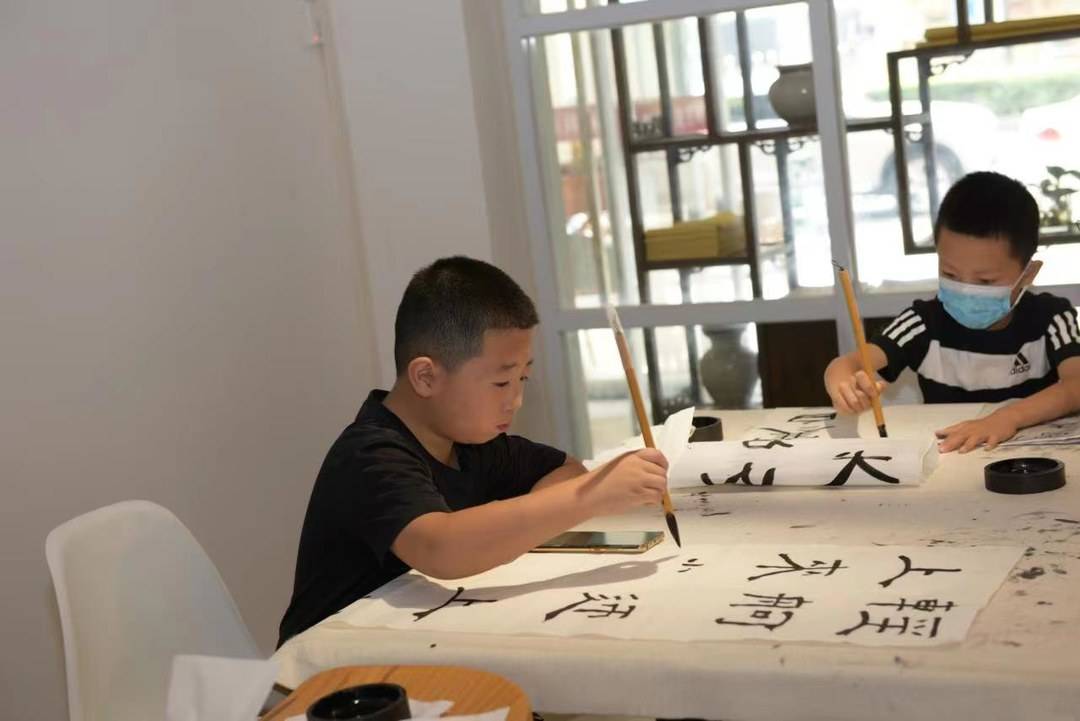Craftsman said | Leslie Cheung -qiao, helping the root carving inheritance!
Author:China Well -off Time:2022.06.24
A skill, a generation of watches passed down
A tradition, engraved with ancient cultural memory
Watching Cultural Heritage, inheriting the blood of Chinese blood
Time Memory launches [Craftsman's Story] series,
Based on the excellent traditional handicraft culture,
Discover various types
Digging the wonderful story behind cultural heritage,
Record the adherence and glory of the non -survivor's life,
Promote the protection and inheritance of non -heritage!
Genjiao inheritor/Zhang Guojun

Leslie Cheung, born in Weifang City, Shandong Province, loved traditional Chinese folk culture since childhood. Under the ears of his ancestors, he gradually became interested in root carving skills. Whenever he was in leisure time, he would practice sculpture by himself.
Root carving
Root sculpture is a traditional carving method. It is one of the Chinese carving arts. It is based on the self -lifting form and deformed form of the tree roots as the object of art creation. Exquisite image.

Genjiao art is a modeling art that discovers natural beauty and shows creative processing. The root carving craftsmanship is "seven -point, three -point artificial". In the creation of root carving, the craftsman mainly uses the natural form of the root material to create an artistic image and auxiliary. Artificial treatment and modification. Therefore, root carving works, also known as "root art" or "root art", are ingenious work completed by artificial carving after the baptism of nature.

The history of root carving art has a long history. The Tomb of Chu Tomb, Jiangling, Jiangling, Hubei has unearthed the "Evil" of the roots of the Warring States Period. Cicada and other patterns, which are full of trends, show that the root carving artworks of ancient Chinese labor people more than 2,300 years ago have reached the level of natural form and artificial carving clever combination.

In the Ming and Qing dynasties, the roots of root carving have become increasingly mature. The root artists not only use wood and bamboo roots to create decorations for appreciation, but also carved furniture and other practical products with practical value. However, during the Republic of China, the production and production of root arts became increasingly declining. Many artists changed their careers or transferred business, and the root carving skills have reached the situation of endangering extinction. In the late 1970s, the art of root carving began to recover. More and more people began to focus on this skill and joined the cause of root carving creation. Zhang Guojun was one of the excellent craftsmen.

Because root art creation is consuming for a long time, it takes a few months or even a year from the selection of materials, shapes, ideas, and production to naming. Some need to be completed longer. In the early days of creation, Zhang Guojun experienced a great test. Because of the idea of root carving creation, he needed to protect the form of nature to the greatest extent, and the traces of artistic creation were hidden in the beauty of nature. The production of root carvings can generally be divided into eight steps such as dehydration, peeling and cleaning, dehydration and drying, shaping, precision processing, stitching, coloring paint, and naming. The selection of materials is the first step. Only by choosing a good modeling material can we create a perfect art work according to their own thoughts. Early morning, Zhang Guojun came to the studio early and started a day of creation ...

Now he has been engaged in root carving creation for more than 20 years. There are more than 300 completed works. He is good at creating birds, beasts, and fish. Many works have been collected by non -heritage museums. In the future, Leslie Cheung will go on a firm way to the road of root carving and contribute to the inheritance and development of China's non -heritage culture.
Author: non -relic map
- END -
Lile and Music Shandong | Weifang: [Create the Capital of East Asian Cultural Capital] Huimin consumer activities continue to increase, Fangzi Cultural Tourism Market quickly heated up

On June 2nd, the sixth Shandong Cultural and Tourism Huimin Consumption Season lau...
Homes and schools and enterprises have been established 2022 "Mingyuan Cup" Youth Painting and Calligraphy Competition.

On June 19th, the 2022 Mingyuan Cup Youth Painting and Calligraphy Contest hosted ...